Astronomers puzzled by ‘bright spots‘ on surface of dwarf planet Ceres, as NASA’s Dawn spacecraft gets closer to being captured into orbit around the object.
The above image was taken by NASA’s Dawn spacecraft of dwarf planet Ceres on Feb. 19 from a distance of nearly 29,000 miles (46,000 kilometers). It shows that the brightest spot on Ceres has a dimmer companion, which apparently lies in the same basin. Image credit NASA/JPL-Caltech/UCLA/MPS/DLR/IDA
The latest images from Dawn, taken nearly 29,000 miles (46,000 kilometers) from Ceres, reveal that a bright spot that stands out in previous images lies close to yet another bright area.
“Ceres’ bright spot can now be seen to have a companion of lesser brightness, but apparently in the same basin. This may be pointing to a volcano-like origin of the spots, but we will have to wait for better resolution before we can make such geologic interpretations,” said Chris Russell, principal investigator for the Dawn mission, based at the University of California, Los Angeles.
Using its ion propulsion system, Dawn will enter orbit around Ceres on March 6. As scientists receive better and better views of the dwarf planet over the next 16 months, they hope to gain a deeper understanding of its origin and evolution by studying its surface. The intriguing bright spots and other interesting features of this captivating world will come into sharper focus.
Andreas Nathues, lead investigator for the framing camera team at the Max Planck Institute for Solar System Research, Gottingen, Germany, said:
“The brightest spot continues to be too small to resolve with our camera, but despite its size it is brighter than anything else on Ceres. This is truly unexpected and still a mystery to us.”
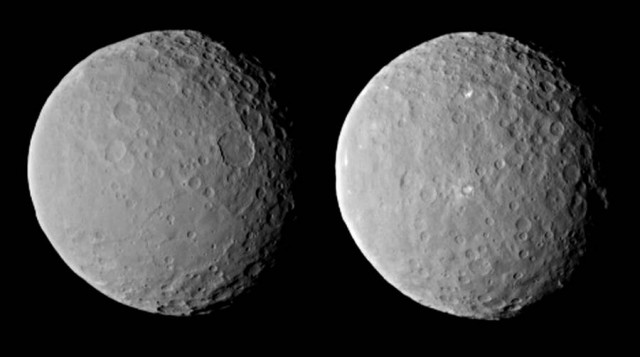
These images of dwarf planet Ceres, processed to enhance clarity, were taken on Feb. 19, 2015, from a distance of about 29,000 miles (46,000 kilometers), by NASA’s Dawn spacecraft. Dawn observed Ceres completing one full rotation, which lasted about nine hours. Image credit NASA/JPL-Caltech/UCLA/MPS/DLR/IDA
Read more at NASA

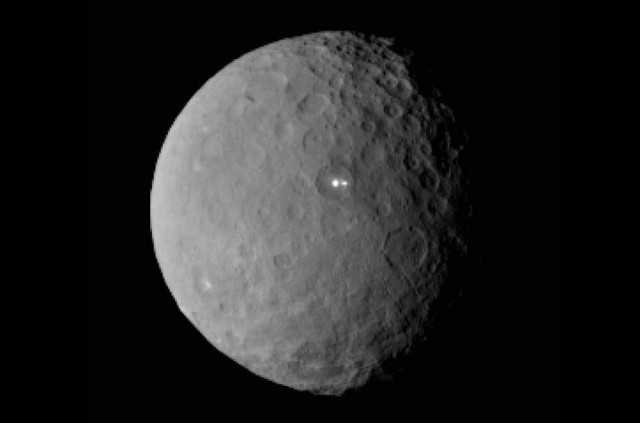
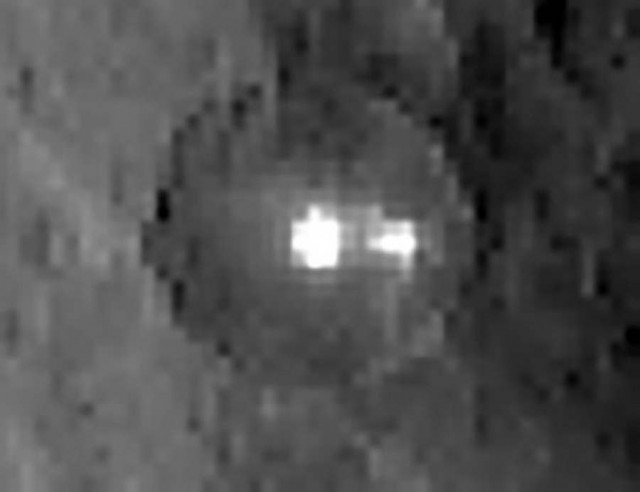

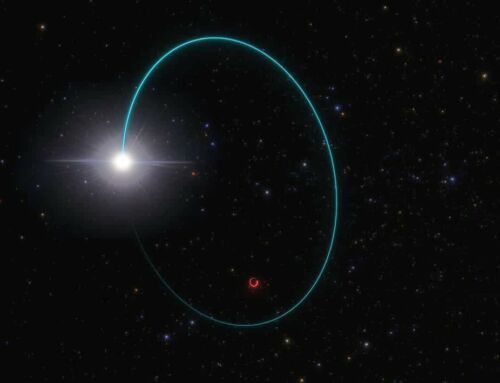
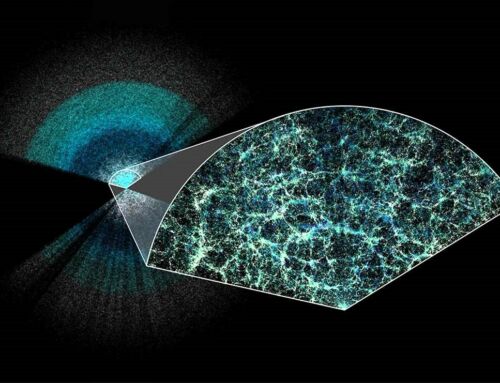
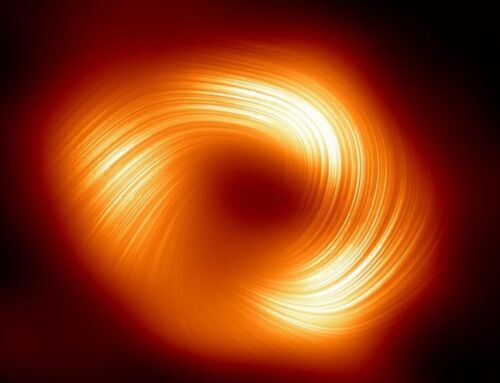
Leave A Comment